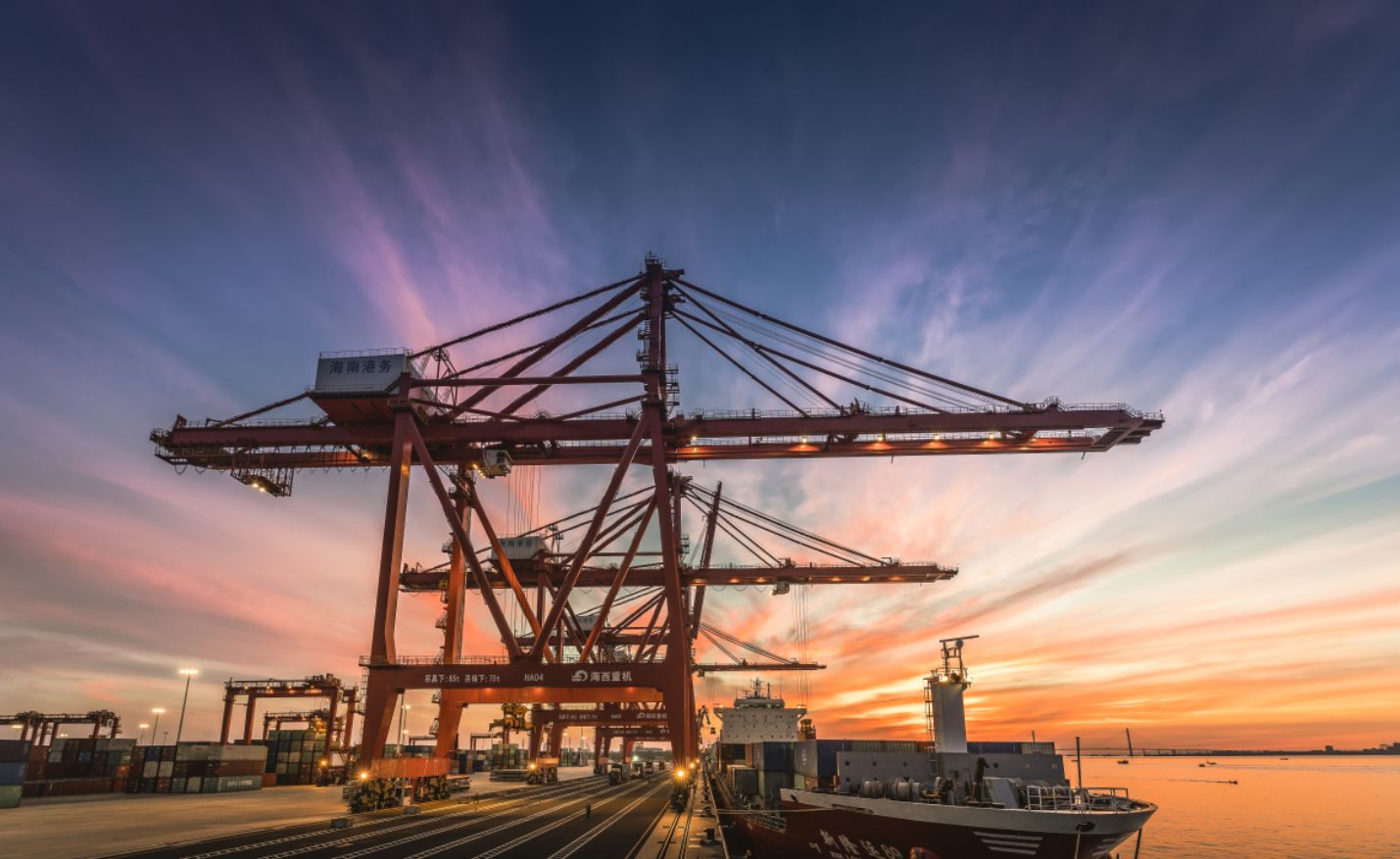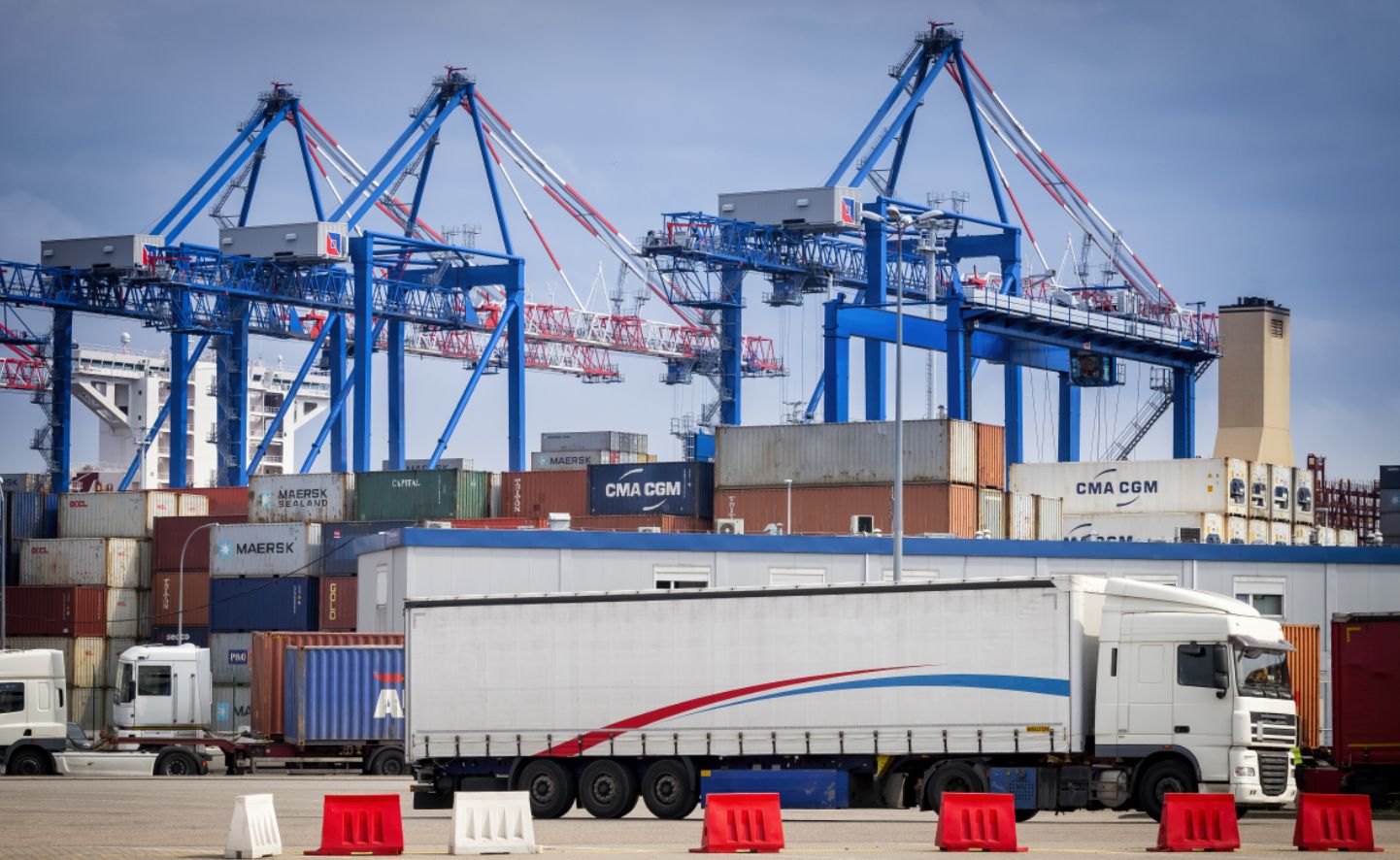The Canadian west coast port workers’ strike that subsided last Thursday made waves again!
When the outside world believed that the 13-day Canadian West Coast port workers’ strike could finally be resolved under the consensus reached by both employers and employees, the union announced on Tuesday afternoon local time that it would reject the terms of the settlement and resume the strike.
Dockworkers at ports on Canada’s Pacific coast rejected a tentative four-year wage deal reached last week with their employers on Tuesday and returned to picket lines, the International Terminals and Warehouses Union (ILWU) said. Royal Bank of Canada previously reported that if the two sides have not reached an agreement by July 31, the backlog of containers is expected to reach 245,000, and even if no new ships arrive, it will take more than three weeks to clear the backlog.
The head of the union, the International Docks and Warehouses Federation of Canada, announced that its caucus believes the terms of the settlement proposed by federal mediators do not protect workers’ current or future jobs. The union has criticized management for not addressing the cost of living faced by workers over the past few years despite record profits. The Maritime Employers Association of British Columbia, which represents the employer, accused the union caucus leadership of rejecting the settlement agreement before all union members had voted on it, saying the union’s move was harmful to Canada’s economy, international reputation and a country whose livelihoods depend on stable supply chains. further human injury.
In British Columbia, Canada, located on the Pacific coast, about 7,500 workers in more than 30 ports have gone on strike since July 1 and Canada Day. The key conflicts between labor and management are wages, outsourcing of maintenance work, and port automation. The Port of Vancouver, Canada’s largest and busiest port, is also directly affected by the strike. On July 13, the labor and management announced their acceptance of the mediation plan before the deadline set by the federal mediator for the negotiation of the terms of the settlement, reached a provisional agreement, and agreed to resume normal operations at the port as soon as possible. Some chambers of commerce in British Columbia and Greater Vancouver have expressed dismay that unions have resumed strikes. The Greater Vancouver Board of Trade has said it is the longest port strike the agency has seen in nearly 40 years. The trade volume affected by the previous 13-day strike is estimated to be about 10 billion Canadian dollars (about 7.5 billion U.S. dollars).
According to the analysis, the resumption of the Canadian port strike is expected to cause more supply chain interruptions, and there is a risk of aggravating inflation, and at the same time play a certain role in pushing up the US line. In British Columbia, Canada, located on the Pacific coast, about 7,500 workers in more than 30 ports have gone on strike since July 1 and Canada Day. The key conflicts between labor and management are wages, outsourcing of maintenance work, and port automation. The Port of Vancouver, Canada’s largest and busiest port, is also directly affected by the strike. On July 13, the labor and management announced their acceptance of the mediation plan before the deadline set by the federal mediator for the negotiation of the terms of the settlement, reached a provisional agreement, and agreed to resume normal operations at the port as soon as possible. Some chambers of commerce in British Columbia and Greater Vancouver have expressed dismay that unions have resumed strikes. The Greater Vancouver Board of Trade has said it is the longest port strike the agency has seen in nearly 40 years. The trade volume affected by the previous 13-day strike is estimated to be about 10 billion Canadian dollars (about 7.5 billion U.S. dollars).
According to the analysis, the resumption of the Canadian port strike is expected to cause more supply chain interruptions, and there is a risk of aggravating inflation, and at the same time play a certain role in pushing up the US line.
Ship position data from MarineTraffic shows that as of the afternoon of July 18, there were six container ships waiting near Vancouver and no container ships waiting in Prince Rupert, with seven more container ships arriving at both ports in the coming days . During the previous strike, a number of chambers of commerce and the governor of Alberta, an inland province to the east of British Columbia, called on the Canadian federal government to intervene to end the strike through legislative means.
Post time: Jul-24-2023







